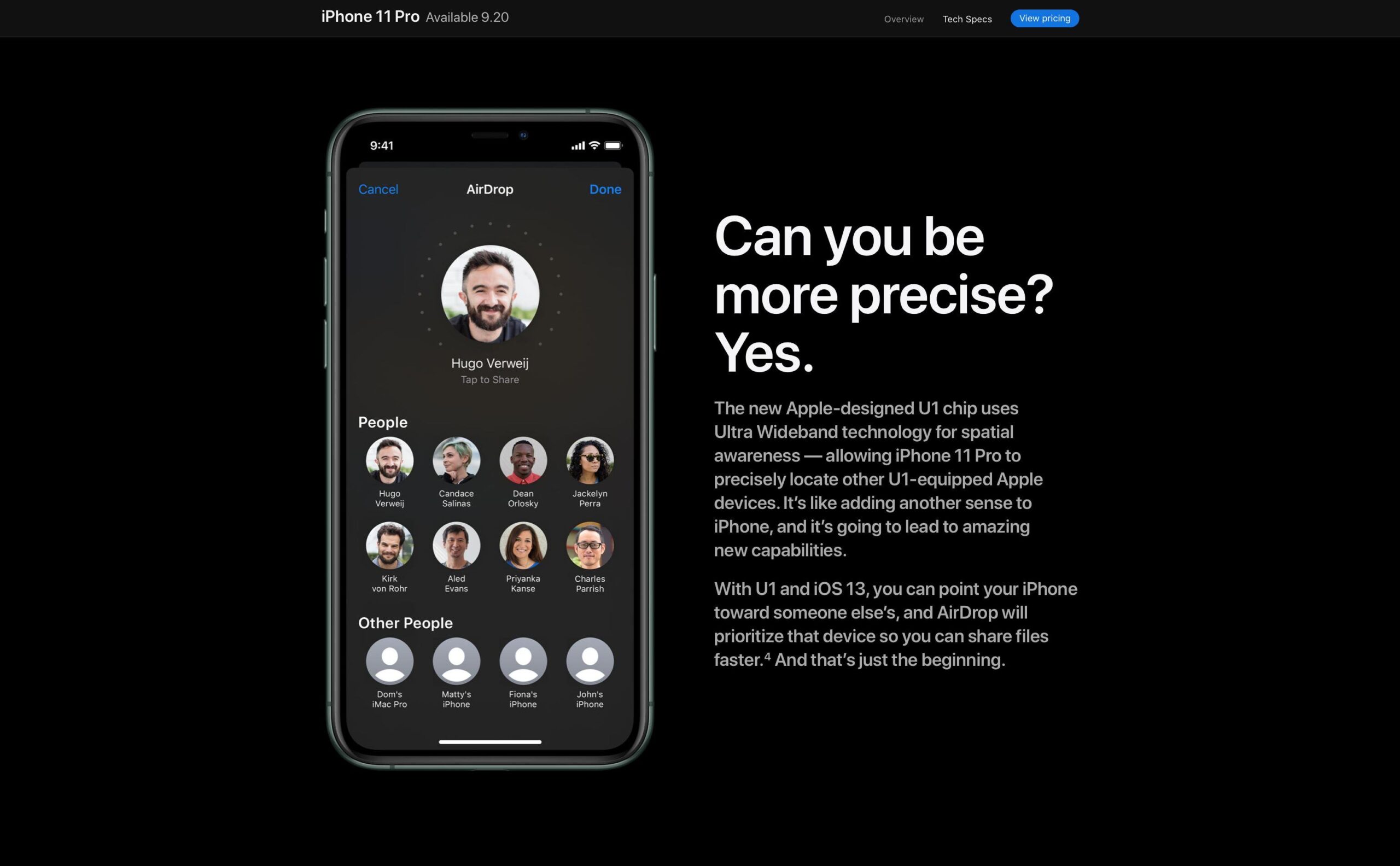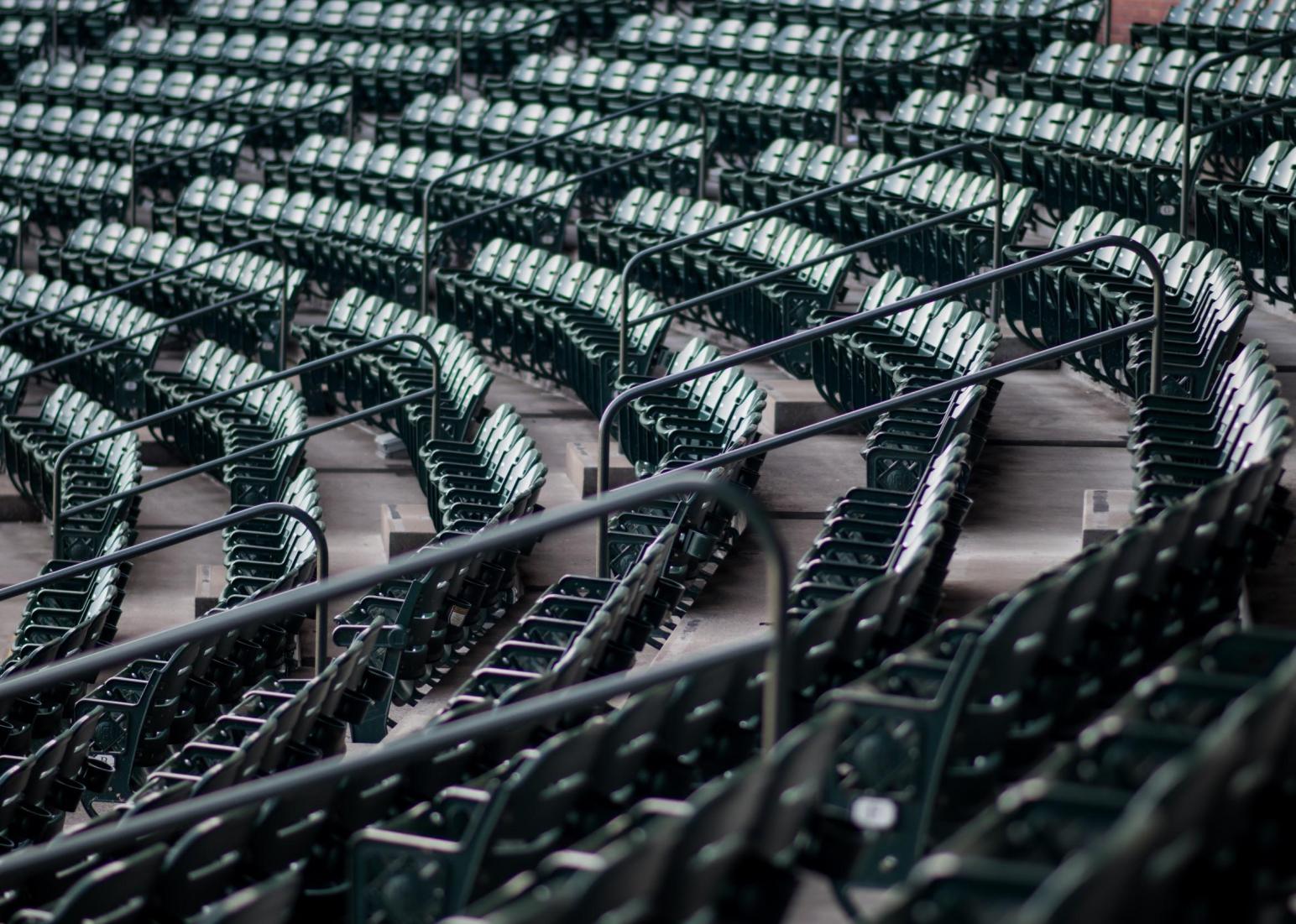You may have heard about the latest Phone11 release and it’s U1 chip inclusion. This quiet addition has disruptive potential, so we thought we would shed some light on what the U1 chip is, and elaborate on possible uses and applications for the U1 enabled iPhone in the near future.
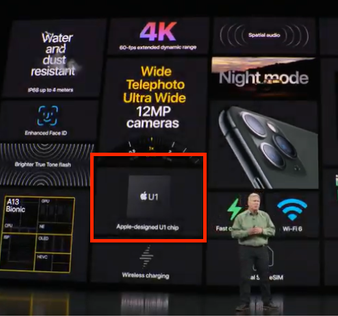
“Ultra Wideband technology comes to iPhone.
The new Apple‑designed U1 chip uses Ultra Wideband technology for spatial awareness — allowing iPhone 11 to precisely locate other U1‑equipped Apple devices. Think GPS at the scale of your living room. So if you want to share a file with someone using AirDrop, just point your iPhone at theirs and they’ll be first on the list.
Can you be more precise? Yes.
The new Apple‑designed U1 chip uses Ultra Wideband technology for spatial awareness — allowing iPhone 11 Pro to precisely locate other U1‑equipped Apple devices. It’s like adding another sense to iPhone, and it’s going to lead to amazing new capabilities.
With U1 and iOS 13, you can point your iPhone toward someone else’s, and AirDrop will prioritize that device so you can share files faster.
And that’s just the beginning.” – Apple
Ultra-wideband & Indoor Positioning
UWB indoor positioning systems spun out of the military and have been mostly used for asset tracking and monitoring / controlling forklifts and robots in warehouses. As the technology becomes cheaper it’s also being introduced to situations like tracking sports players and animals, providing indoor navigation in large buildings, delivering analytics (and Ads) in retail stores and for a range of entertainment purposes.
Currently UWB systems can provide +/- 30cm accurate indoor positioning with positioning updates every 50ms. A huge improvement compared with the accuracy delivered by WiFi or Bluetooth based systems. It can also be used for delivering X,Y,Z (3D) positioning.
The current systems require a hardware infrastructure including network connected UWB Anchors and a UWB tracking tag (with a battery). The tag sends UWB signals which are picked up by the Anchors and a handy (TDoA or TOA) algorithm determines the tags position which can then be communicated to other systems.
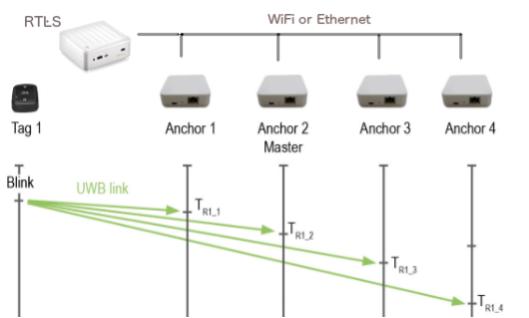
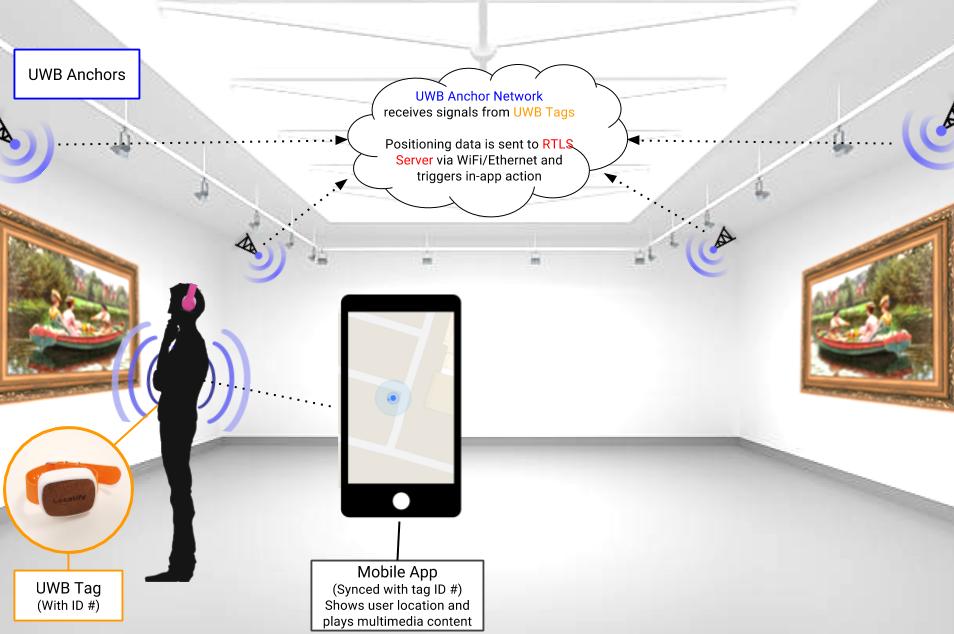
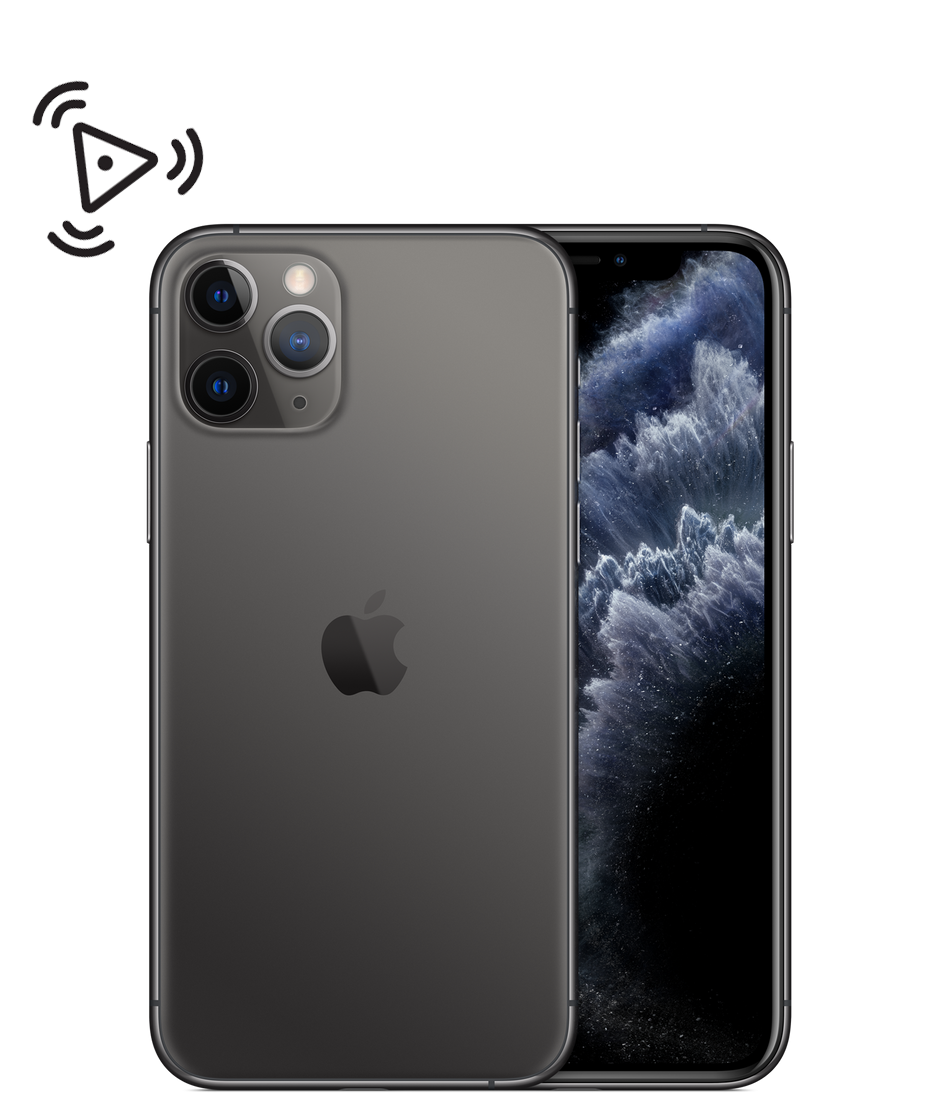
Adding the U1 chip to the iPhone removes the need for the additional UWB tracking tag, ultimately making the iPhone “location-aware” both indoors and outdoors (using GPS).
This additional U1 chip means that in any UWB equipped building, the iPhone could potentially be sent precise location-based content eg. Indoor turn-by-turn navigation, geo-fence warnings, promotions and entertainment content (audio guides and AR in our case).
Any implementation of UWB enabled experiences could naturally include high fidelity movement and behaviour analytics.
Adding UWB tags to other personal items (keys or pets for example) could allow the iPhone to communicate with these items to find their location – in a similar way to what Bluetooth or GPS tracking tiles have done in recent years.
Locatify and UWB enabled apps
Mentioned in both WIRED and Financial Times on the iPhone11 U1 chip news, Locatify has been using UWB for delivering location-based content to apps since 2017. We have used it for enabling immersive audio guides in museums, a futuristic AI smart-office concept, indoor navigation for visually impaired, retail experiences, enabling AR where image-based triggering and GPS aren’t available, and for tracking livestock and equestrian riders.
We see UWB as the future standard where precise indoor positioning is required and we’ve built a CMS platform for delivering location-based content to apps using both; UWB, GPS and BLE Beacons. Do you have an application idea you want to discuss? Contact us.

